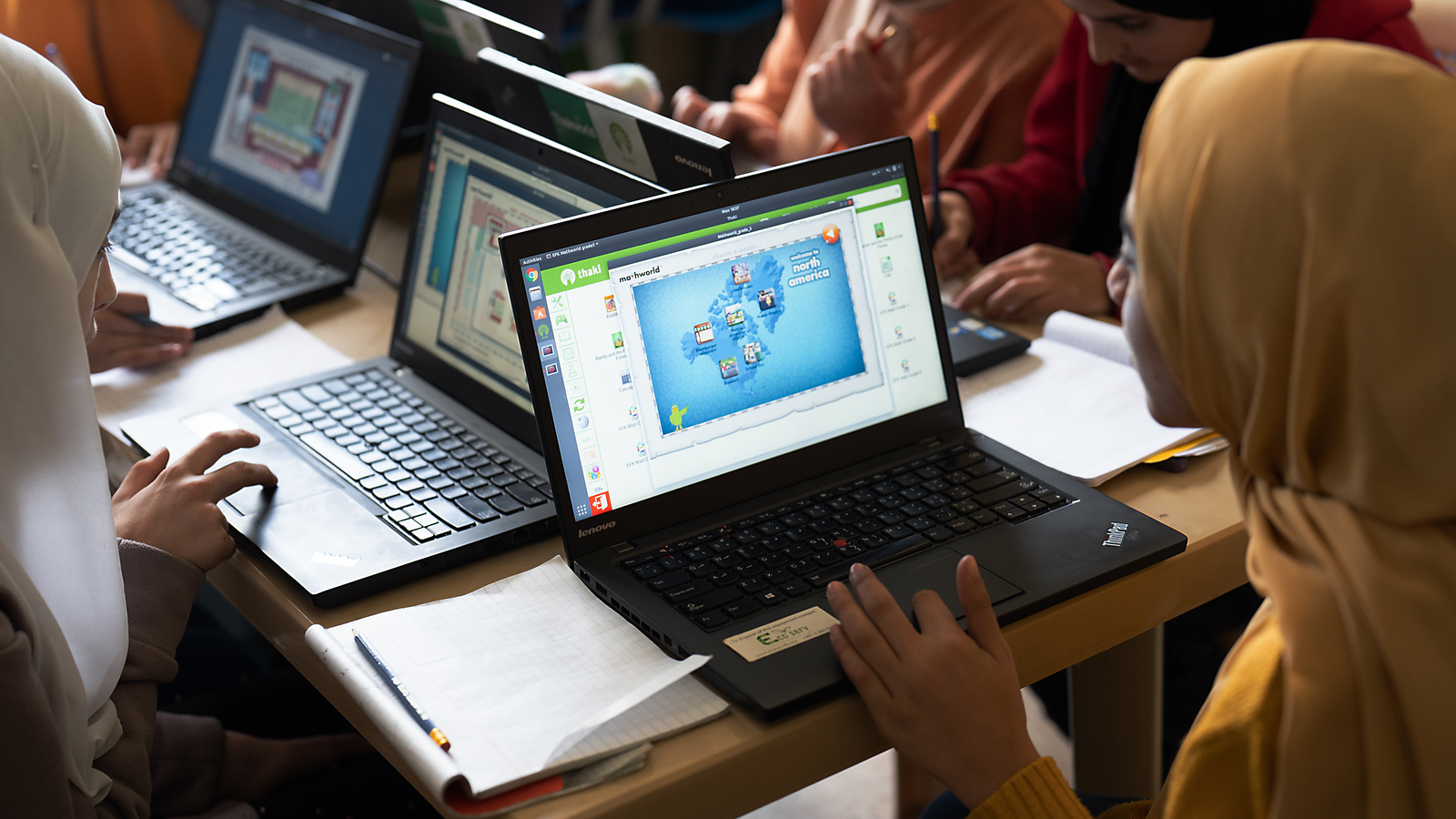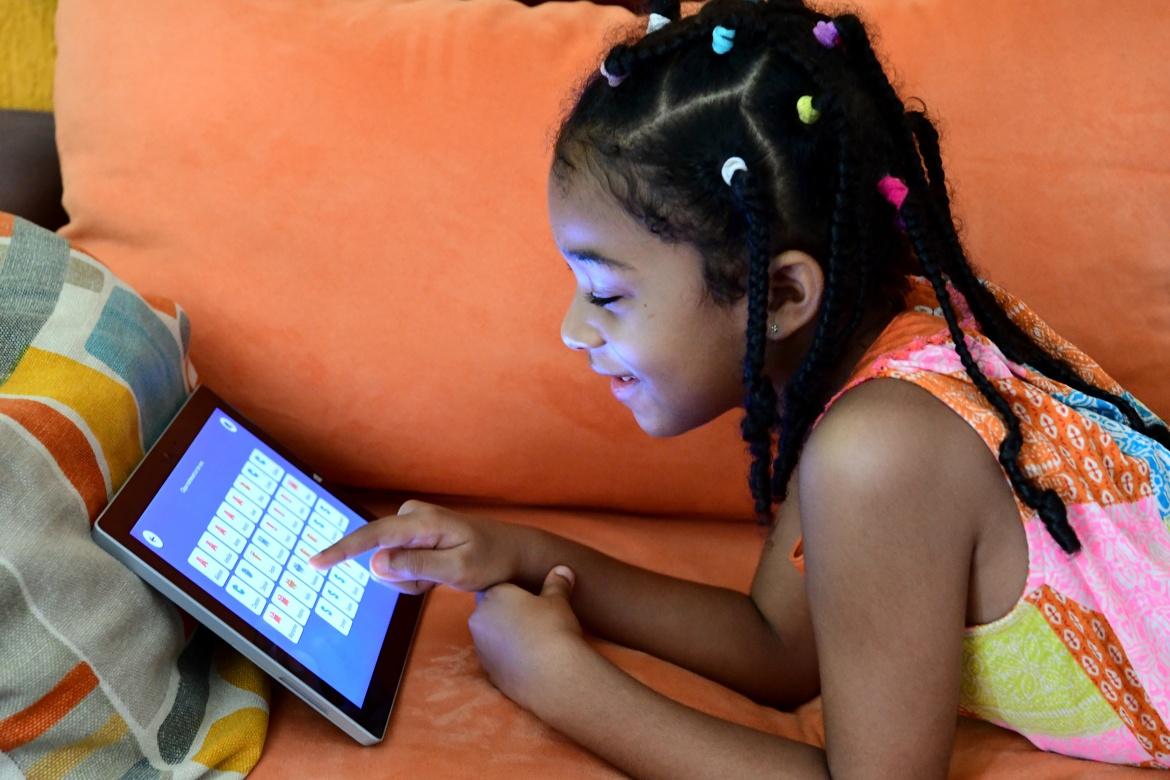
5 Emerging Innovation Trends to Support Teachers and Educators
More than 400 innovators from nearly 80 countries around the globe submitted solutions to MIT Solve’s Teachers & Educators Challenge: How can teachers and educators provide accessible, personalized, and creative learning experiences for all?
More than half of the submissions came from the Global South and roughly 42 percent of submissions came from women-led teams. Nearly 35 percent of submissions identified as nonprofit organizations, another 30 percent were for-profit entities, and 15 percent were hybrid of for-profit and nonprofit models.
After a comprehensive review process, our judges have narrowed down the solutions to the top 15 finalists who will join us at Solve Challenge Finals on September 23 in New York City to pitch their solutions and have the chance to receive nearly $1 million in prize funding. You can vote for your favorite finalist solution now!
What were the top trends across the Teachers & Educators Challenge submissions?
1. Knowledge Exchange Platforms
The most common type of solution submissions were platforms for knowledge exchange (24 percent), which aimed to help teachers, students, and parents communicate and share resources both on and off-line. One such solution from Africa provides a database of locally relevant content for teachers—from lesson plans to professional development courses—via an Android app, and a web platform. Think Netflix for teacher resources.
2. Emphasis on Individual Learners
We saw a particular focus on personalized and adaptive learning solutions (21 percent) that aimed to help students self-pace their own learning experience. These solutions created greater flexibility for educators to customize teaching to fit the needs of diverse learners.
A subset of these personalized and adaptive learning solutions were designed specifically for students with special needs, including learners living in areas disrupted by crises, such as refugees (5 percent), students with disabilities (4 percent), remote learners (4 percent), and learners from low-income backgrounds (2 percent).
3. Teacher Training vs. Teacher Recruitment
We saw a significant number of solutions proposing new models for affordable teacher training (21 percent), primarily for the existing educator workforce. However, solutions to recruit new teachers as a full-time career comprised of less than 1 percent of submitted solutions. UNESCO estimates that an additional 69 million new educators will be needed by 2030 to meet the demand for teachers globally.
This suggests that perhaps 1) the definition of a teacher is changing (as evidenced by the nearly 30 percent of solution submissions emphasized the role that mentors, tutors, coaches, and peers play in learning), or 2) the responsibility of recruiting new teaching professionals has been left not to civil society, but to the largest educator employers: governments.
4. 21st Century Skills
We were pleased to see that 20 percent of solution submissions showed a strong commitment to promoting 21st century skills. For Solve, this means a natural continuation of last year’s Youth, Skills, & the Workforce of the Future Challenge, which called for solutions that would foster skills to prepare youth for an unknown future job market.
Skills-based solution submissions to the Teachers & Educators Challenge varied in approaches, from providing teachers with STEM kits for their classrooms, to coding bootcamps to supplement teacher lesson plans, to mobile computer labs deployed to remote schools without existing technology resources.
5. The Outlier: Mental Health Awareness
Not for nothing, we received several solutions promoting mental health awareness for both students and teachers (3 percent). One solution aimed to build a repository of evidence-based mental health interventions for teachers and caregivers, while another solution trained teachers in emotional wellness. One creative submission proposed using robotic dogs as therapy pets for trauma-impacted learners, reducing the need for teacher intervention.
Want to learn more about the solutions that made it to the finalist round? Visit the Teachers & Educators Challenge page and don’t forget to vote for your favorite finalist teams by September 21 at 5pm ET!
Learning Community intern Kelsey Cathcart contributed to this article.
Teacher guides students in class. (Image courtesy of Pixabay)
Tags:
- Learning
- Economic Prosperity
Related articles
-
Workforce Development for the Future: A Q&A with Michelle Hecht, Executive Vice President, Head of Corporate Affairs, Citizens

-
“Education is the one thing you can take with you.” A Q&A with Rudayna Abdo, Founder and CEO, Thaki

-
A LEAP in evidence-based innovation for education
How to address the need for evidence-based innovation in education by empowering researchers, social entrepreneurs and education organizations to work together.